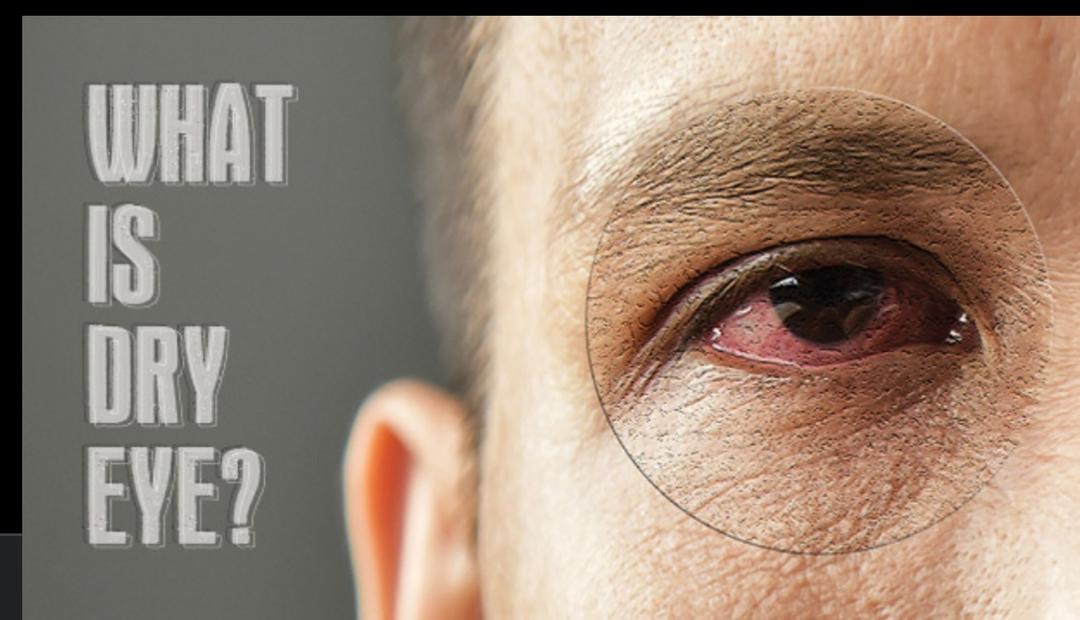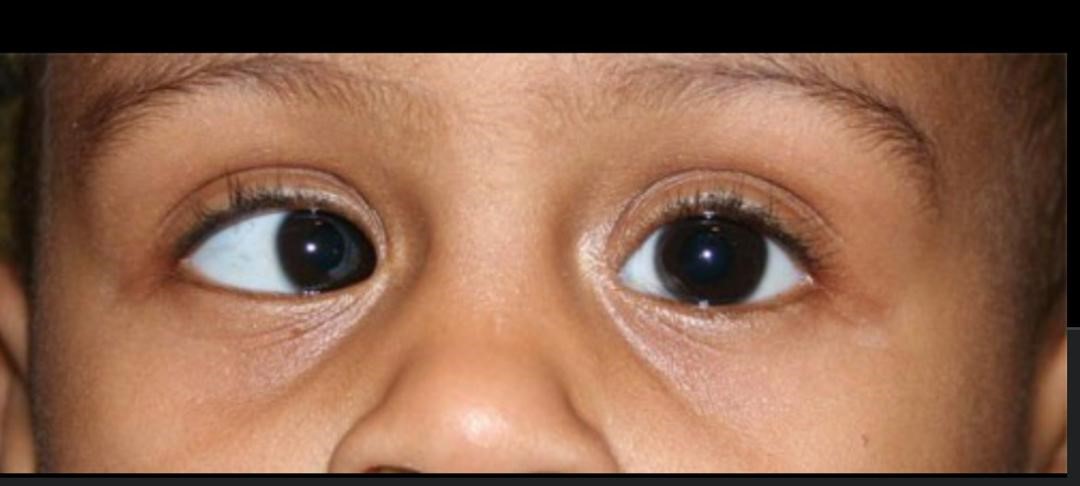
Introduction
Strabismus also known as crossed eyes is a condition in which one eye is turned in a direction that is different from the other eye. The eyes doesn’t line up, each eye will focus on a different object.
Under normal conditions, the six extra ocular muscles that control eye movement work together in unison and all move in the same direction at the same time. Patients with crossed eyes tends to have problems with the control of eye movement and fail to maintain the normal ocular alignment.
Crossed eyes can be categorized by the direction of the misalignment:
- Inward turning (esotropia)
- Outward turning (exotropia)
- Upward turning (hypertropia)
- Downward turning (hypotropia)
A person with a family history of strabismus has a higher chance of developing strabismus than someone with no family history.
- A)

A picture of a child with Strabismus.
B)

A Picture of an Adult with Strabismus.
WHAT CAUSES STRABISMUS?
Most strabismus results from an abnormality of the neuromuscular control of eye movement. Strabismus is often inherited with about 30% of children with strabismus having a family member with a similar problem.
Other Conditions associated with strabismus are:
- Cerebral palsy
- Uncorrected refractive errors
- Down Syndrome (20-60% of these patients are affected).
- Poor vision in one eye
- Stroke ( the leading cause of strabismus in adults)
- Brain tumour
- Neurological
- Graves disease (Overproduction of thyroid hormone).
When do the symptoms of strabismus appear?
- At 3-4 months an infant’s eyes should be able to focus on small objects with proper ocular alignment. At about 6 months an infant should be able to focus on objects both at far and at near. Strabismus usually appear in infant’s and young children most often by the time they are 3 years old.
- However older children and adults develop strabismus as well. When there is a sudden appearance of strabismus especially with double vision in an adult or older children could possibly indicate a more serious neurologic disorder.
Pseudo strabismus can make it appear that a baby has crossed eyes when in fact the eyes are aiming in the same direction. It could be caused by the extra skin covering the inner corners of the eyes or a flat nose bridge.
How is strabismus diagnosed?
Strabismus can be diagnosed by a complete eye examination. The examination should include;
- A detailed patient history
- Visual Acuity
- Refraction
- Binocular , Ocular Motility and Ocular Alignment tests.
How can strabismus be treated?
Treatment options include the following;
- Eyeglasses or Contact lenses
- Prism lenses
- Orthoptics (Eye exercises)
- Medications
- Eye patching
- Eye muscle surgery
What can happen if strabismus is not treated?
If the eyes are not properly aligned the following may result;
- Lazy eyes ( Amblyopia)
- Blurry vision
- Eye strain
- Fatigue
- Headaches
- Double vision
- Poor 3-dimensional vision/ Stereoscopic Vision.
- Low self-esteem
Note: it is possible that by not diagnosing strabismus, a serious problem (such as brain tumour ) may be overlooked.
What can be expected after treatment of Strabismus?
The patient will need to see the doctor for follow-up to see if the patient has responded well to the treatment and to make adjustments in the treatment regimen if necessary.
In the case of children with strabismus, if the condition is caught on time and it’s properly treated. It can result in excellent vision and good depth perception .
